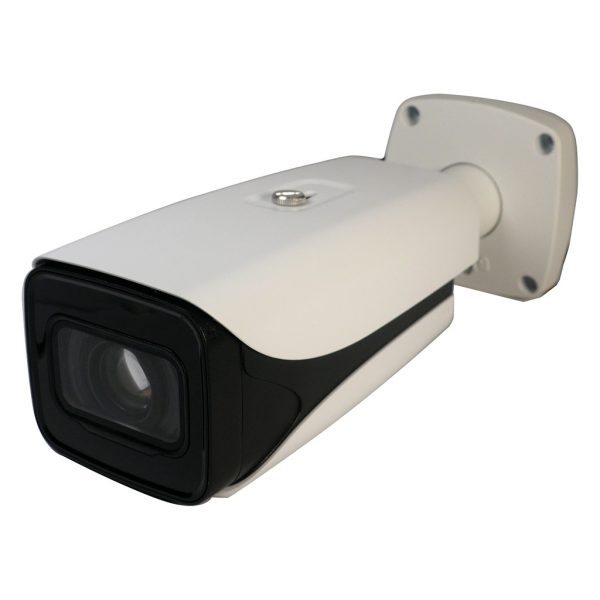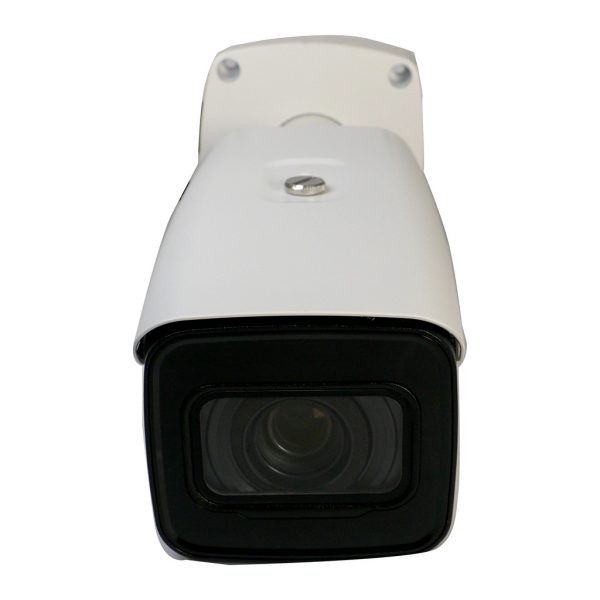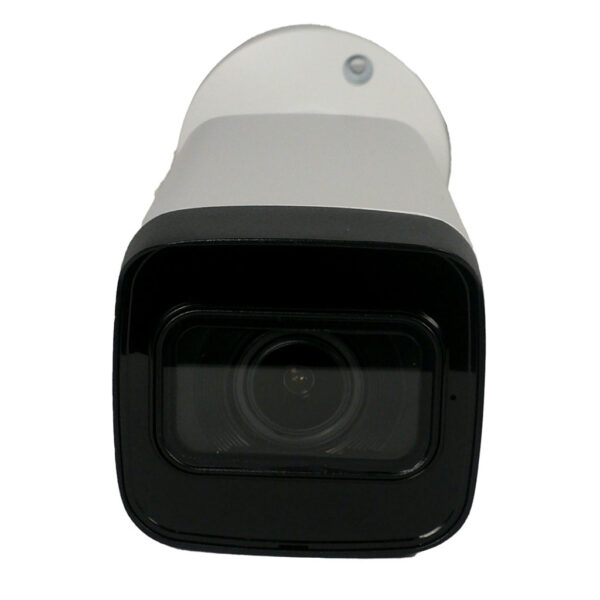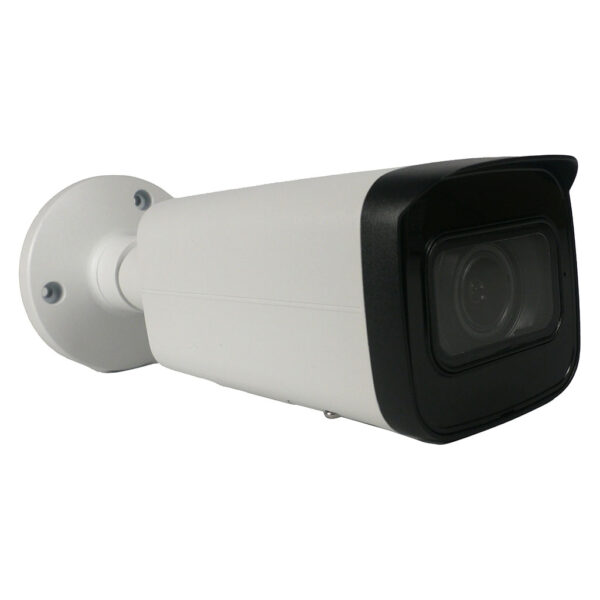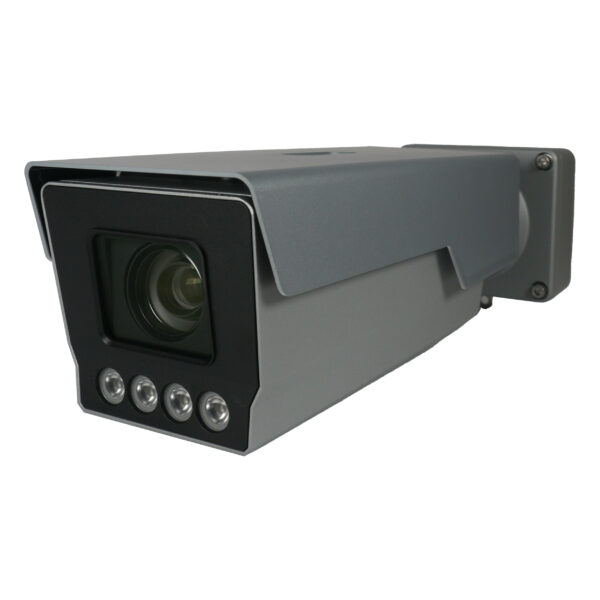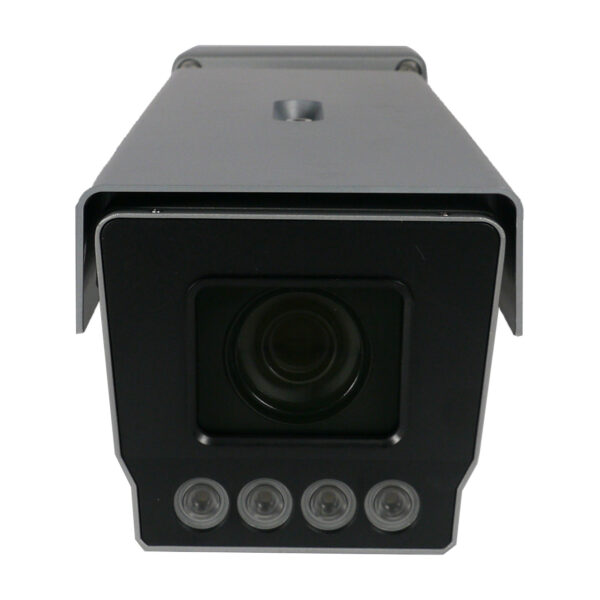IP network cameras, also known as Internet Protocol cameras, are a cornerstone of modern surveillance systems. These cameras offer advanced features and high-quality video, making them a preferred choice for various security and monitoring applications. This article explores what IP network cameras are, their benefits, and the different types available.
What is an IP Network Camera?
An IP network camera is a digital video camera that transmits video and audio data over a network using Internet Protocol (IP). Unlike analog cameras, which require separate cables for video and power, IP cameras can send data through a single Ethernet cable, often using Power over Ethernet (PoE) technology.
How IP Network Cameras are Useful
- High-Quality Video:
- IP cameras provide superior image quality compared to analog cameras. They support higher resolutions (e.g., 1080p, 4K) and offer better clarity, making it easier to identify details such as faces and license plates.
- Scalability and Flexibility:
- IP cameras can be easily added to an existing network, allowing for scalable surveillance systems. They offer flexibility in placement, as they can be connected to the network from any location with an Ethernet port or Wi-Fi access.
- Remote Access and Monitoring:
- IP cameras support remote access, enabling users to monitor live feeds and recorded footage from anywhere using a smartphone, tablet, or computer. This feature is particularly useful for business owners and homeowners who want to keep an eye on their property while away.
- Advanced Features:
- IP cameras come with a range of advanced features, such as motion detection, night vision, two-way audio, and video analytics. These features enhance the functionality and effectiveness of the surveillance system.
- Integration with Other Systems:
- IP cameras can be integrated with other security systems, such as alarms, access control, and video management software. This integration creates a comprehensive security solution that enhances overall protection.
Types of IP Network Cameras
- Dome IP Cameras:
- Overview: Dome IP cameras are known for their dome-shaped housing, which makes them discreet and less noticeable. They often feature 360-degree rotation and are resistant to tampering.
- Uses: Ideal for monitoring high-traffic areas, entrances, and exits.
- Bullet IP Cameras:
- Overview: Bullet IP cameras have a cylindrical shape and are highly visible, acting as a strong deterrent. They are typically weatherproof, making them suitable for both indoor and outdoor use.
- Uses: Best for monitoring perimeters, parking lots, and entry points.
- PTZ (Pan-Tilt-Zoom) IP Cameras:
- Overview: PTZ IP cameras offer the ability to pan, tilt, and zoom, allowing operators to focus on specific areas and track movement. They provide comprehensive coverage of large spaces.
- Uses: Suitable for monitoring expansive areas, such as warehouses, retail stores, and public spaces.
- Wireless IP Cameras:
- Overview: Wireless IP cameras connect to a network via Wi-Fi, eliminating the need for extensive wiring. They offer flexibility in placement and easy installation.
- Uses: Suitable for temporary installations, expanding coverage areas, and monitoring hard-to-reach locations.
- Indoor IP Cameras:
- Overview: Indoor IP cameras are designed for use within buildings. They offer features like high resolution, wide-angle lenses, and advanced motion detection.
- Uses: Ideal for monitoring homes, offices, and commercial spaces.
- Outdoor IP Cameras:
- Overview: Outdoor IP cameras are built to withstand harsh weather conditions. They are typically weatherproof and have features like night vision and IR LEDs for low-light surveillance.
- Uses: Suitable for monitoring outdoor areas, such as driveways, backyards, and building perimeters.
- Thermal IP Cameras:
- Overview: Thermal IP cameras detect infrared radiation and create images based on temperature differences. They can see in complete darkness and through smoke or fog.
- Uses: Suitable for security and safety applications, such as perimeter monitoring, firefighting, and industrial inspections.
- 360-Degree IP Cameras:
- Overview: These cameras provide a complete 360-degree view of an area, eliminating blind spots. They use multiple lenses or a single fisheye lens to capture a panoramic view.
- Uses: Ideal for monitoring large open spaces, such as shopping malls, airports, and public squares.
Conclusion
IP network cameras are powerful and versatile tools that provide high-quality video, advanced features, and remote access capabilities. With various types of cameras available, users can choose the models that best suit their specific needs. Whether for home security, business surveillance, or industrial monitoring, investing in high-quality IP cameras enhances safety, security, and operational efficiency.
Related Products
ELITE 2MP IP Motorized Lens Long Range Bullet W/External Mic Audio & EPoE
Specifications
- Lens: 5~60mm Motorized Lens
- Max Resolution: 2MP
- IR Distance: 656 FT
- Impact Protection: IK10
- Audio: Audio Capable With External Mic
- SD Card Compatible: Yes
- Perimeter Protection: Yes
- Object Detection: Yes
- Face Detection: Yes
- Face Recognition: No
- Smart Motion Detection: No
- LPR: No
ELITE 4MP IP Motorized Varifocal Bullet W/built Mic & SD Card Slot
Specifications
- Lens: 2.7 mm–13.5 mm Motorized Varifocal Lens
- Max Resolution: 4MP
- IR Distance: 196 feet
- Audio: Built In Mic
- SD Card Compatible: Yes
- Perimeter Protection: Yes
- Object Detection: No
- Face Detection: No
- Face Recognition: No
- Smart Motion Detection: Yes
- LPR: No
Frequently Asked Questions (FAQ)
What is an IP network camera?
- An IP network camera, also known as an Internet Protocol camera, is a type of digital video camera that transmits and receives data over a network or the internet. Unlike traditional analog cameras, IP cameras can capture high-resolution video and offer advanced features like remote access and management.
What are the benefits of using IP network cameras?
- Benefits include higher video quality, remote access from any internet-connected device, easy scalability for adding more cameras, advanced features like motion detection and event-triggered recording, and integration with other network devices and security systems.
How does an IP network camera work?
- IP network cameras connect to a network through Ethernet or Wi-Fi. They capture video footage and convert it into digital data, which is then transmitted over the network. Users can access the live feed or recorded footage through a web browser or dedicated app.
What are the key features to look for in an IP network camera?
- Important features include high-definition video resolution, night vision, motion detection, two-way audio, wide dynamic range (WDR), weather resistance for outdoor use, and the ability to store footage on the cloud or local storage.
How secure are IP network cameras?
- IP network cameras can be highly secure if proper measures are taken. Ensure the use of strong passwords, enable encryption, regularly update the firmware, use network firewalls, and restrict access to authorized users only to prevent unauthorized access.


